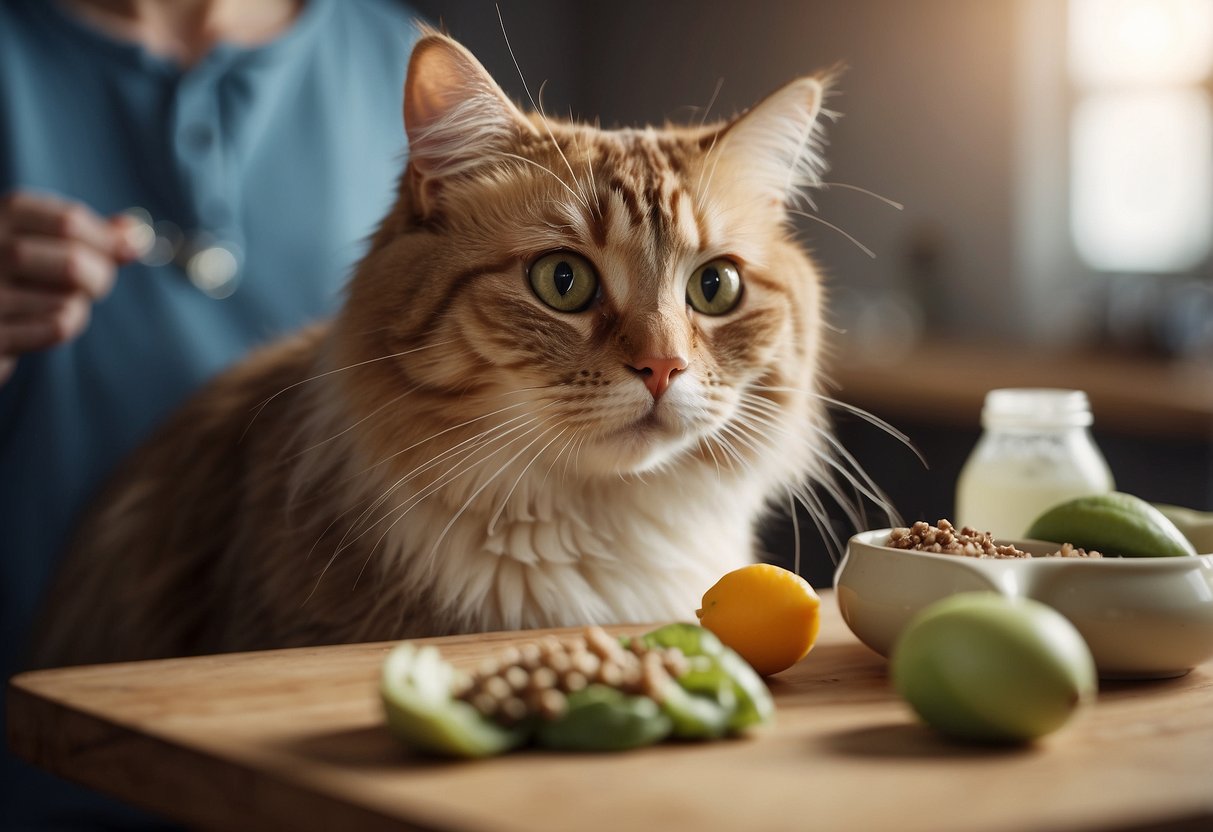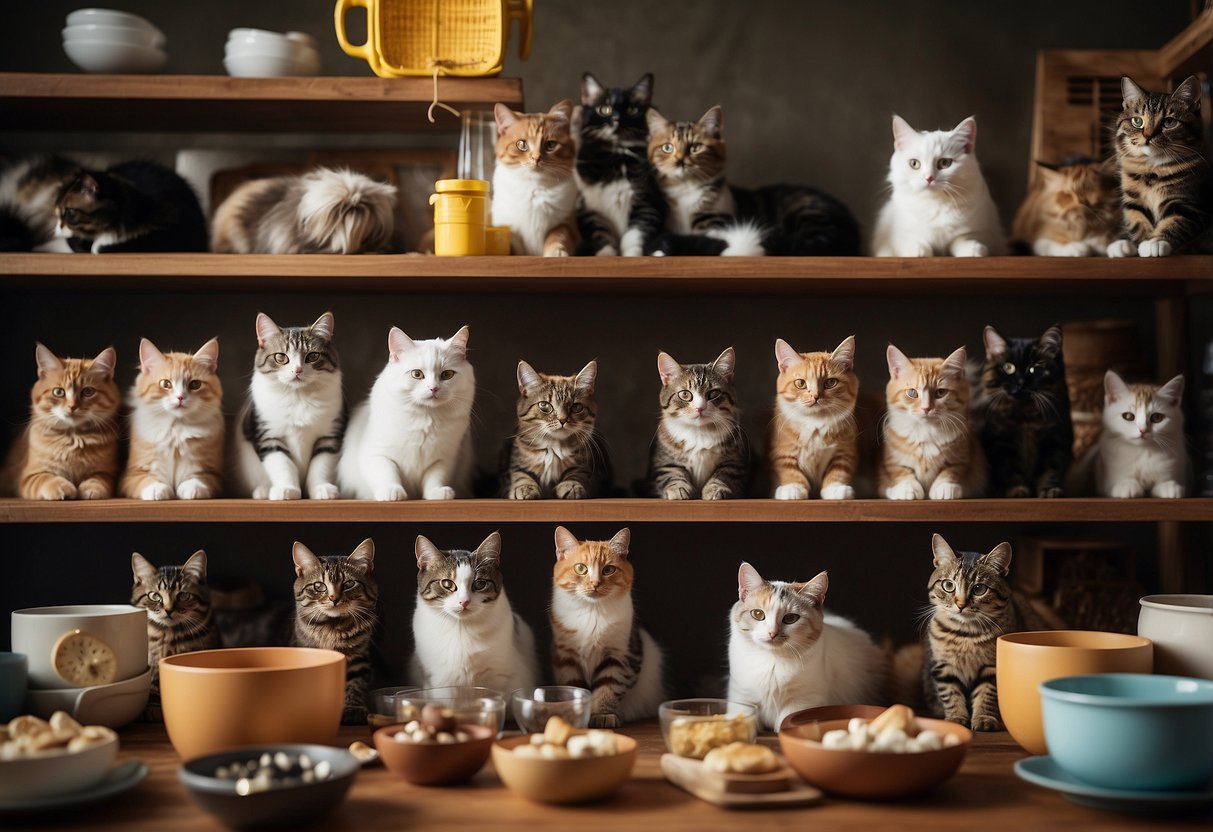
Common Diseases in Cats

Cats can encounter a variety of health issues, with some diseases being more prevalent than others. Two significant concerns for cat owners include Feline Leukemia Virus and Upper Respiratory Infections.
Feline Leukemia Virus
Feline Leukemia Virus (FeLV) is a severe condition that compromises a cat’s immune system. FeLV is highly contagious and spreads through saliva, nasal secretions, urine, feces, and milk of infected cats.
Infected cats may show symptoms like weight loss, poor coat condition, persistent fever, and recurrent infections. Regular screening and keeping infected cats separate from healthy ones can help control the spread. Vaccination is available and recommended for at-risk populations, especially outdoor cats or those living with FeLV-positive companions.
Upper Respiratory Infections
Upper Respiratory Infections (URIs) are common and primarily affect the nose, throat, and sinuses. Cats under stress or living in group settings, such as shelters, are particularly susceptible.
Feline herpesvirus and feline calicivirus are the primary causes of URIs. Symptoms include sneezing, nasal discharge, coughing, and eye inflammation. Treatment involves supportive care, hydration, and sometimes antibiotics if a secondary bacterial infection occurs. Vaccination can help prevent URIs and reduce the severity of symptoms if the infection occurs.
Dental Care and Oral Health
Good dental hygiene is essential for preventing common pet health issues. Regular cleanings and at-home dental care routines can significantly improve your pet’s oral health and overall wellbeing.
Routine Dental Cleanings
Professional dental cleanings performed by a veterinarian are crucial for maintaining your pet’s oral health. These cleanings involve removing plaque and tartar buildup, which can lead to gum disease, tooth decay, and other health complications. Typically, pets should undergo professional dental cleanings once a year, though some may need them more frequently depending on their specific needs and risk factors.
During a professional cleaning, veterinarians use specialized tools to clean above and below the gum line. They may also perform dental X-rays to identify issues not visible to the naked eye. Anesthesia is commonly used to ensure the pet is comfortable and still during the procedure, allowing for a thorough cleaning. This process helps prevent periodontal disease, which can cause pain and tooth loss in pets.
At-Home Dental Care
Maintaining your pet’s oral health at home is just as important as professional cleanings. Daily brushing with pet-safe toothpaste is highly recommended. It helps to reduce plaque buildup and freshen breath. Pet owners can use specially designed toothbrushes or finger brushes that are more comfortable for pets.
Dental chews and toys are also beneficial. These products are designed to clean teeth and massage gums as pets chew on them, reducing plaque and tartar. Some pets may also benefit from water additives or oral rinses formulated to promote dental health. Regular at-home care can significantly reduce the risk of dental diseases and extend the time between professional cleanings.



